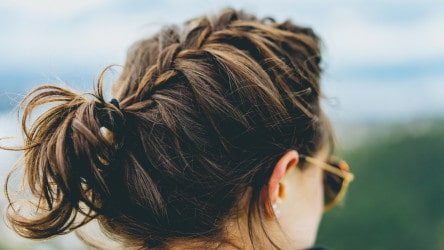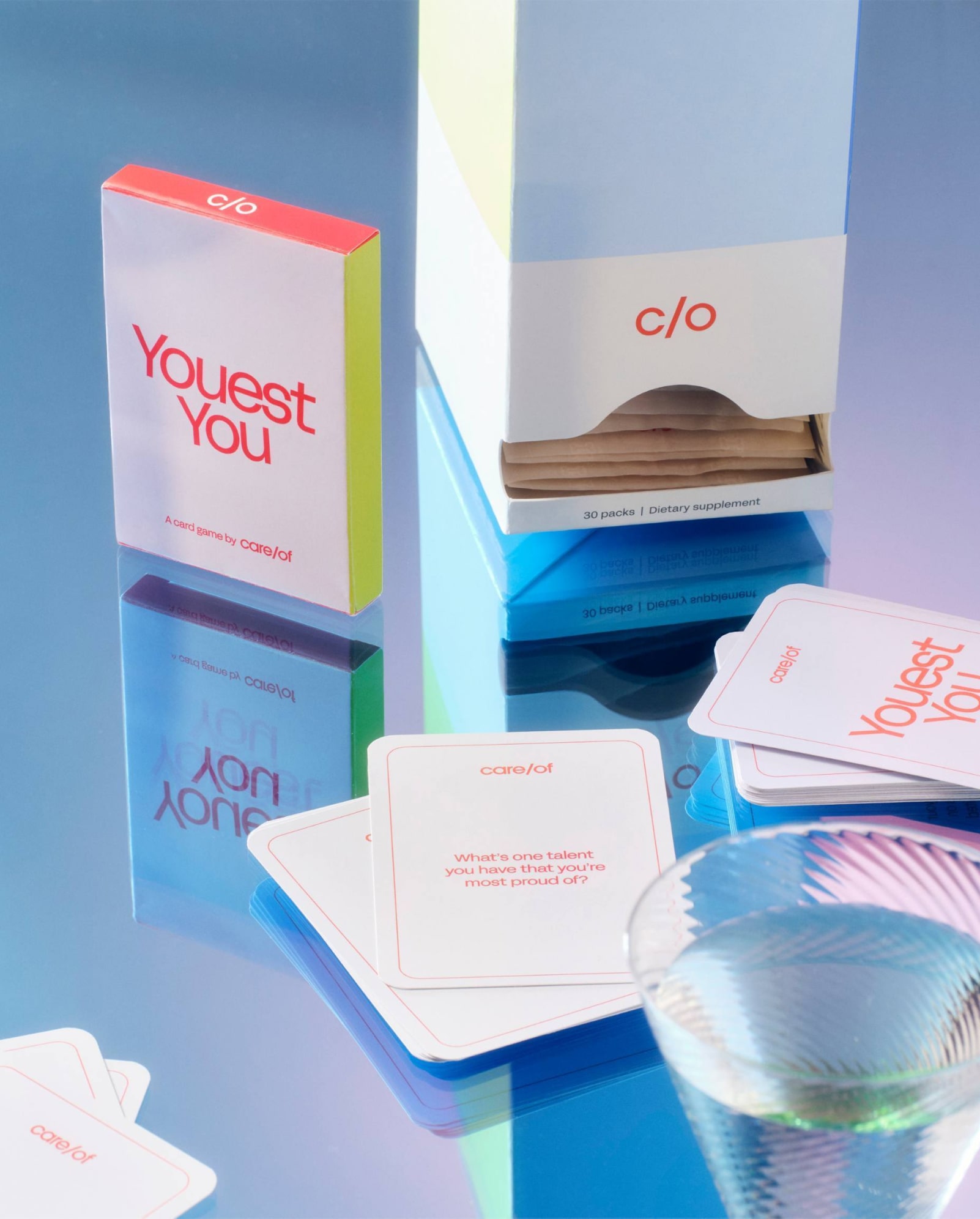science
Can I Have a Yeast Imbalance on My Scalp? How To Tell
On This Page

Yeast imbalances are surprisingly common, despite being preventable and treatable. Let’s take a look at what the research shows.
What is a scalp yeast imbalance?
Here’s something you may not know: Your skin has fungus on it. Or, rather, it has different types of fungus on it. Some of these fungi are known as yeasts, which are a natural part of your scalp’s ecosystem. For our purposes, it’s important to know about a type of yeast called Candida. While perfectly normal for people to have some Candida on their scalp, an overgrowth of Candida can lead to a yeast imbalance. Studies show that Candida is one of the more prevalent causes of yeast imbalances on our skin. There are more than 20 known species of Candida, and the majority of Candida-related imbalances are caused by the species known as Candida albicans. A yeast imbalance can manifest itself in a number of frustrating symptoms.
What causes yeast to be on your scalp?
Your scalp’s ecosystem consists, in part, of a balance between yeast and bacteria, with the bacteria helping to prevent the overgrowth of yeast. When this balance is thrown off, yeast overgrowth can occur. There are certain conditions that can make the excessive growth of Candida more likely, which include:
- Spending time in a humid climate
- Using grooming products that include harsh chemicals
- Having cuts on the scalp
- Experiencing stress
- Eating a diet lacking in necessary nutrients
- Sweating
Certain people are at particular risk for a scalp yeast imbalance. Some of these include:
- People who are pregnant
- People taking certain antibiotics; certain antibiotics can kill the bacteria on your skin, thus altering the crucial bacteria/yeast balance
- People who eat too much sugar and starch
- People experiencing excessive stress
Yeast imbalances also flourish within weakened immune systems.
What are the symptoms of a scalp yeast imbalance?
Certain symptoms are strong indicators that you may be dealing with a yeast imbalance. First of all, you may notice an itchy, red or purple rash on your scalp – along with cracks and patches. You should also watch out for:
- The shedding of flaky, white scales
- White and/or red pimples, filled with pus
- Areas of the scalp that are moist, white, and soft
If these symptoms persist, you may find yourself scratching your head a lot, due to the itchiness. That can result in damage to your hair follicles and lead to hair loss. If you’re noticing some or all of these symptoms you may want to talk to a medical professional.
How to get promote scalp health naturally
There are some natural strategies and home remedies for promoting scalp health. Some include: Using an apple cider vinegar (ACV) rinse. ACV has been shown to have antioxidant properties. Reducing oxidative stress is good scalp and hair health. Moreover, ACV has many minerals and vitamins that can support hair. Using coconut oil. Studies show that coconut oil can support better yeast balance. Practicing proper hair hygiene. Avoiding the use of harsh chemicals that can damage hair follicles. Using tea tree oil. Studies show that shampooing with tea tree oil helps reduce flaking. Regularly cleaning your brushes and hats. Using brown algae, which has been shown to have oxidant properties that can support hair and scalp health. Using additional hair oils containing antioxidant properties that promote fungal balance in the scalp microbiome.
When to seek medical attention
If home remedies aren’t resolving your yeast imbalance, you may want to seek medical attention. Your doctor can help direct you to a treatment plan that will work for you. Studies show that antifungal medications have an 80%-100% success rate in treating Candida overgrowth.
How to prevent getting scalp yeast imbalances
Preventing scalp yeast imbalances simply requires a few lifestyle tweaks. First of all, be sure to keep the scalp clean and dry. Next, you should think about how often you’re wearing hats and hoods – and only do so sparingly. Making sure you’re consuming a healthy, nutrient-rich diet can go a long way toward promoting scalp health; this includes, of course, trying to limit your intake of sugars, starches, and alcohol. Furthermore, it’s important to keep in mind that yeast thrives in warm, damp environments. Therefore, you’ll want to avoid going to bed with wet hair. You’ll also want to shower and dry your hair after working out to make sure you’re cleaning off all the sweat.
Final takeaways
Your scalp has different types of fungus on it. Some of these fungi are yeast, one type of which, Candida, is responsible for most yeast imbalances. Yeast imbalances are surprisingly common and can be caused by a number of factors. You can work to prevent yeast imbalances by taking good care of your scalp and practicing a healthy lifestyle. If you do experience a yeast imbalance, there are effective natural and home remedies you can try. If problems persist, you should talk to a medical professional about a treatment that will work for you.



